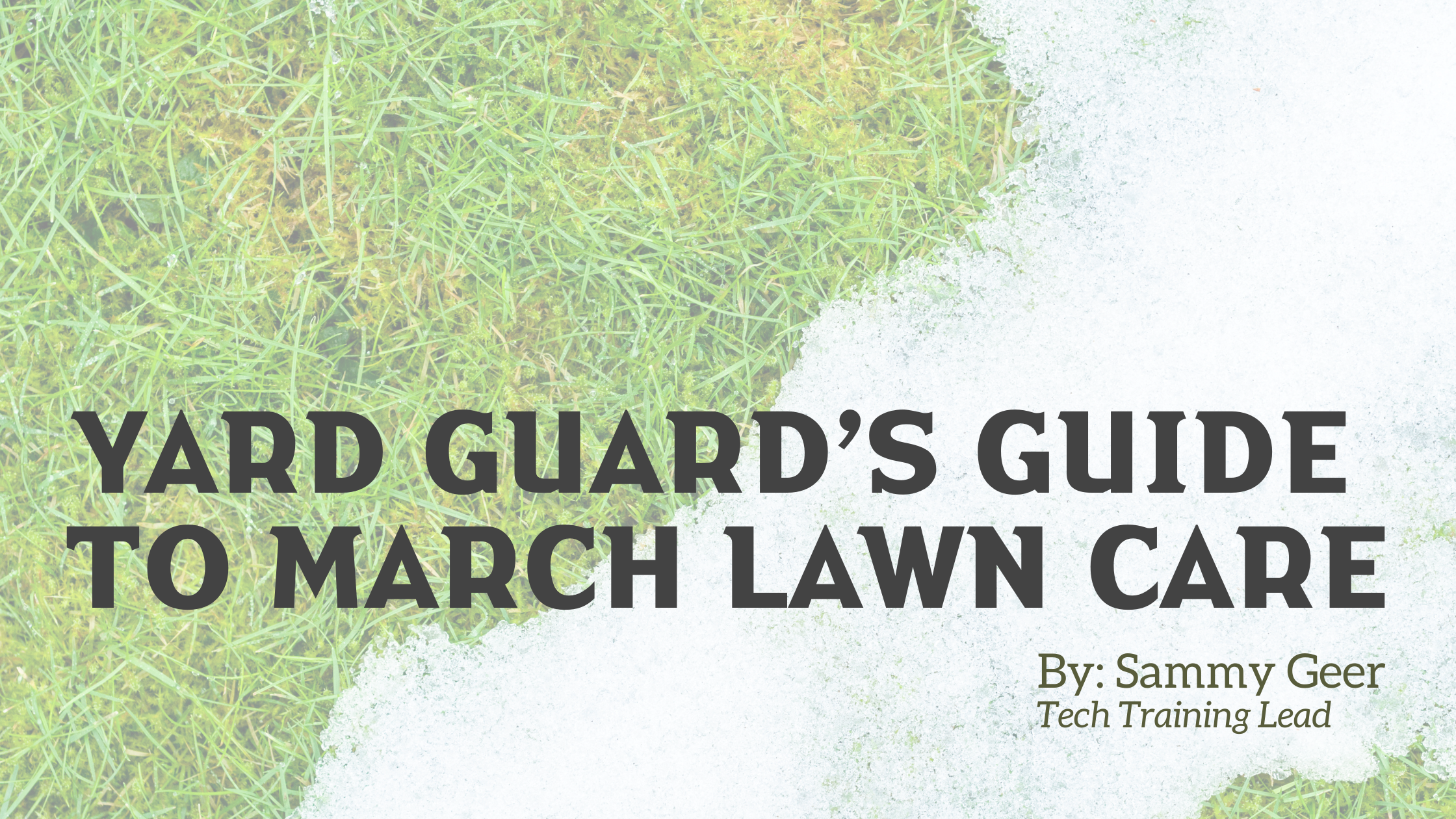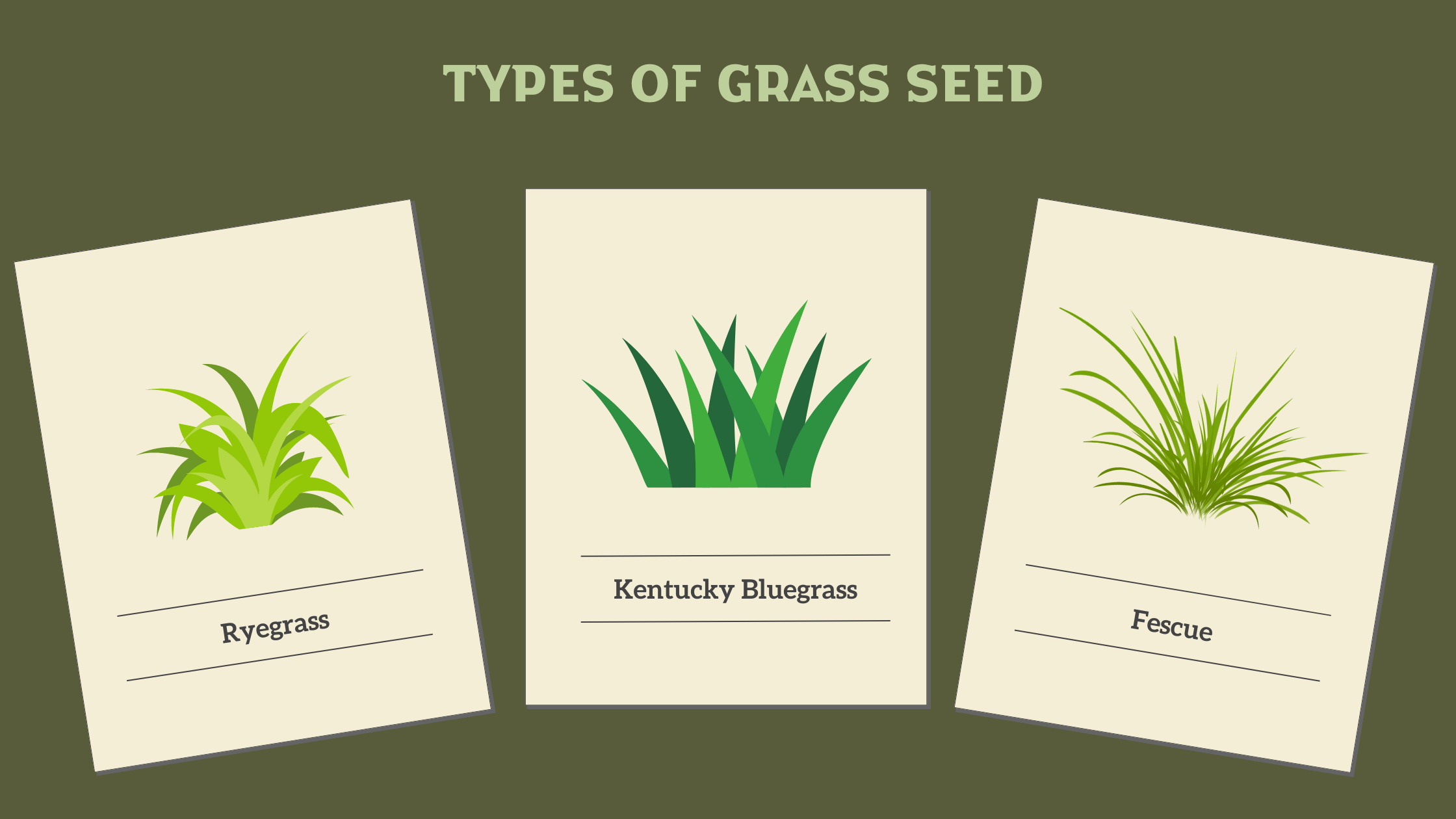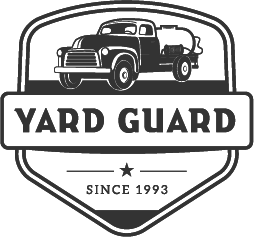If you live in a colder climate like Southwest Montana, you’ve probably noticed your lawn turning yellow or brown as winter approaches. That’s not your lawn dying, it’s going dormant. Here’s what lawn dormancy actually is, what your grass is doing during this time, and how you can support a healthy comeback in spring.
What Is Lawn Dormancy?
Dormancy is a natural survival process your lawn goes through during cold winter months. In our region, lawns typically enter dormancy around November and begin waking back up in late March or April, depending on weather conditions.
During dormancy, grass conserves energy to protect itself from freezing temperatures. With proper care, your lawn will rebound when spring arrives.
What Happens When Your Lawn Goes Dormant?
In the fall, your lawn shifts its focus below ground. Instead of sending energy to the grass blades, it moves nutrients and energy into the root system. This is what causes the yellowing or browning you see above ground.
While the lawn stops growing on the surface, the roots remain active throughout winter. They store nutrients that the lawn will rely on during its “hibernation” and early spring green up.
What Happens When Your Lawn Comes Out of Dormancy?
As temperatures warm and snow begins to melt, your lawn uses any leftover stored nutrients, sunlight, and moisture to transition back to active growth. This is when your grass starts greening up and filling in again.
If your lawn went into dormancy healthy and well fertilized, then it will come out of dormancy much quicker in the spring.
Treatments That Support Healthy Dormancy
At Yard Guard, we strongly encourage both the first and last lawn applications of the year. These treatments deliver a high load of nutrients right when your lawn needs them most, before going dormant and as it wakes back up.
With our Blended Organic program, those nutrients are focused on soil health, restoring the microorganisms and creating a healthier environment that supports long term lawn health.
How to Care for a Dormant Lawn
Dormant lawns are more fragile than they look so we recommend protecting them as much as you can:
- Limit foot traffic: Frozen grass blades are prone to breakage, which can damage the lawn and increase compaction.
- Spread out snow piles: Large, concentrated piles take longer to melt and can contribute to snow mold* in spring.
- Use salt sparingly: Excess salt from driveways and sidewalks can damage grass and soil as snow melts.
*Snow mold forms when excessive moisture from snow piles stays in one area. It usually appears as gray or pink mold in early spring. While it looks unsightly and can slightly slow growth, it does not permanently damage your lawn and typically resolves on its own.
The Bottom Line
During dormancy, your lawn is resting, protecting itself, and storing energy for spring. With the right fall treatments, an early spring treatment and mindful winter care, your lawn will be well ready to come out of dormancy healthy, green, and strong.
 Billpay
Billpay
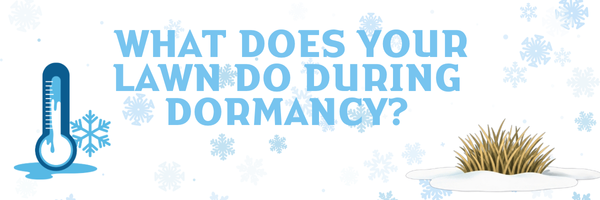
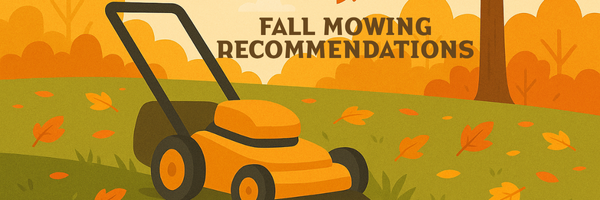

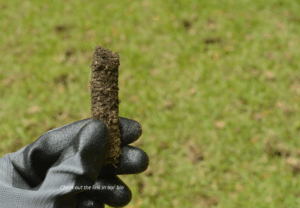
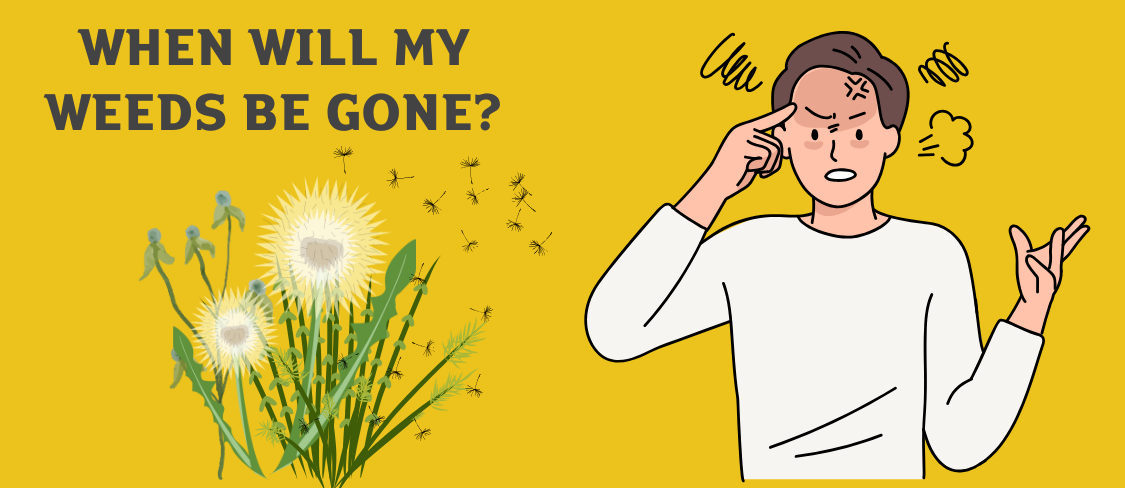




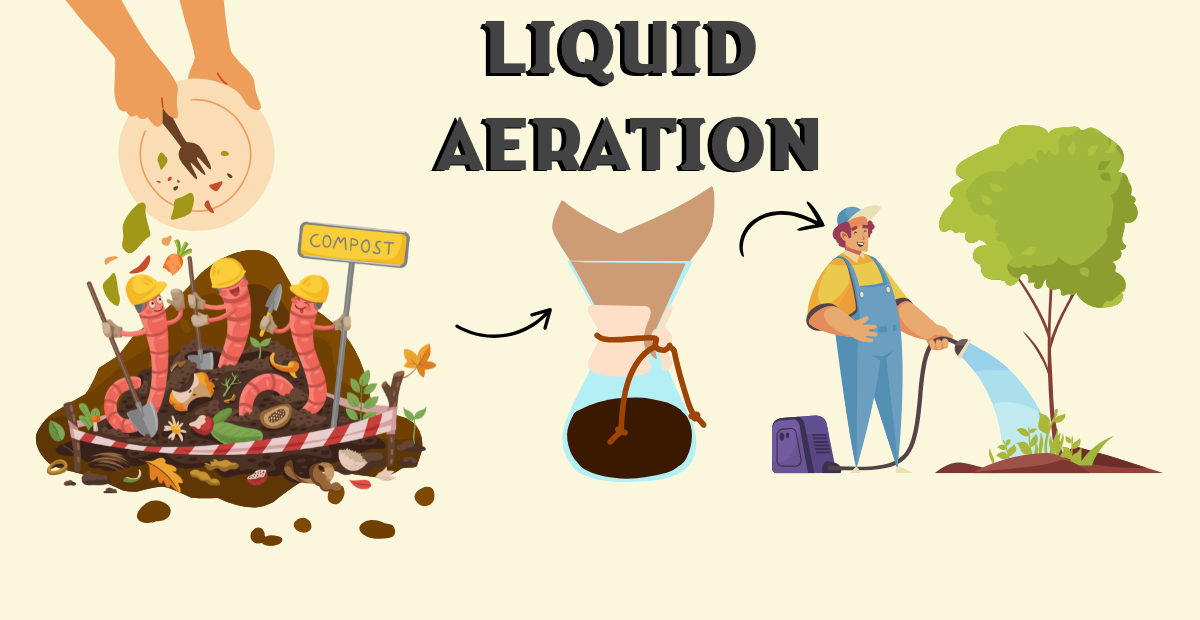
 mechanical or liquid aeration. While mechanical aeration pulls out plugs to decompact the soil and can leave your lawn looking like your dog gifted you with forbidden chocolate, liquid aeration is a much less invasive process.
mechanical or liquid aeration. While mechanical aeration pulls out plugs to decompact the soil and can leave your lawn looking like your dog gifted you with forbidden chocolate, liquid aeration is a much less invasive process.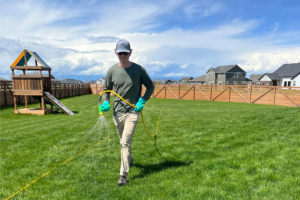 dumped into the landfills and uses worms to transform it into organic matter that is packed with nutrients and beneficial microorganisms. We then take this compost and blend in premium worm castings (also sourced from YES Compost) and extract the best parts by brewing a concentrated elixir that is packed with fungal acids, humic acids, amino acids, and micronutrients. Not only does this liquid brew nourish your soil, but it also aerates it, introduces helpful bacteria that strengthen the existing microbial community, and restores the missing organic material that is causing those stubborn brown and yellow patches that we all hate. It changes and improves the structure of the soil while also allowing for better water and nutrient absorption that reduces the need for excessive watering. Compost Tea is the sustainable, minimally invasive, and chemical free way to introduce beneficial microbes that strengthen the soil while fostering a safer environment for your family and pets.
dumped into the landfills and uses worms to transform it into organic matter that is packed with nutrients and beneficial microorganisms. We then take this compost and blend in premium worm castings (also sourced from YES Compost) and extract the best parts by brewing a concentrated elixir that is packed with fungal acids, humic acids, amino acids, and micronutrients. Not only does this liquid brew nourish your soil, but it also aerates it, introduces helpful bacteria that strengthen the existing microbial community, and restores the missing organic material that is causing those stubborn brown and yellow patches that we all hate. It changes and improves the structure of the soil while also allowing for better water and nutrient absorption that reduces the need for excessive watering. Compost Tea is the sustainable, minimally invasive, and chemical free way to introduce beneficial microbes that strengthen the soil while fostering a safer environment for your family and pets. 